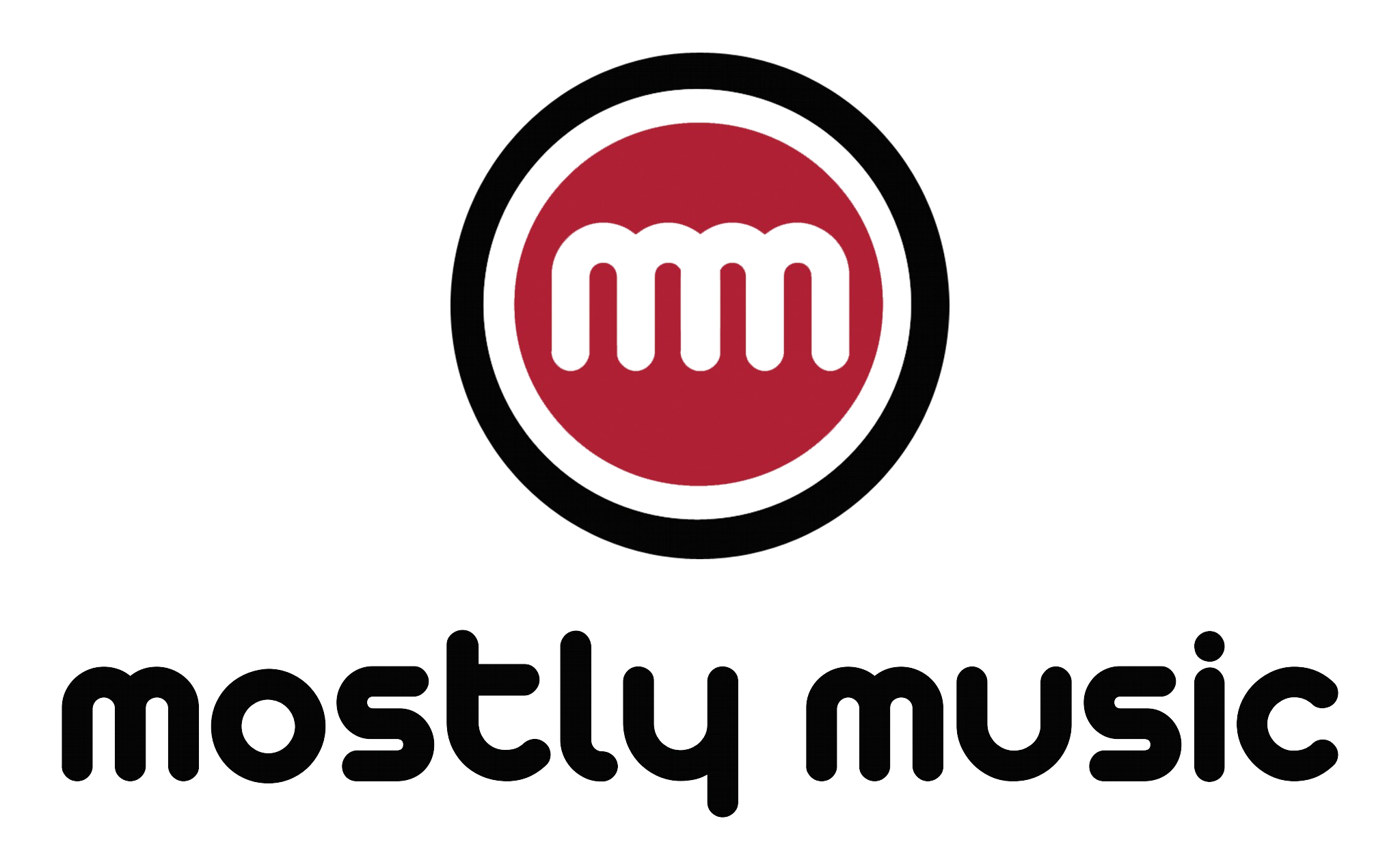In this weeks Mishpacha Magazine there is an amazing interview about world renown Jewish rock pioneers the Diaspora Yeshiva Band. You can read part of the interview below.
by Yisroel Besser
When the iconic Diaspora Yeshiva Band regrouped for a reunion concert at Lincoln Center this winter, it was more than just a nostalgic trip down the musical memory lane of the ’70s and ’80s. It was a fusion of a force that was the background music to the early teshuvah movement. Saturday nights on Mount Zion don’t rock like they used to, but those chords are still vibrating a generation later.
The camaraderie in the second-floor dressing room at Lincoln Center is straight out of a yeshivah dorm: two white-bearded rabbis are stretched out on the couches, and a bouncy chassid is twirling in the middle of the room. Group leader Avraham Rosenblum is sprawled out on a chair, directing a flow of teasing about middle-aged weight gain, trading lighthearted barbs with beloved old friends — saxophonist Rabbi Simcha Abramson, drummer Gedalia Goldstein, violinist Ruby Harris, and guitarist Menachem Herman.
There is a knock on the door with a reminder that it’s time for the sound check and final practice run. The energy coursing through the concert hall with just minutes remaining until the curtain will rise on this year’s HASC 27 concert has seeped in through the open doorway, and the tempo in the room is upped by several notches. A few more stretches and yawns and the men rise to their feet, ready to rock.
It sounds like a joke: What do you get when you put a Breslover, a Lubavitcher, a Litvishe maggid shiur, a Baltimore businessman, and a Chicago blues violinist in a room? But the answer is utterly serious — in its own way, the Diaspora Yeshiva Band really is a microcosm of the Diaspora itself.
Song of the Courtyard The baal teshuvah movement, as it would become known, was predicated on several historical factors, including the Holocaust, a rise in national pride following the Six Day War, and general antiestablishment sentiment on campuses across America. Dedicated, visionary men and women established institutions and forums that would attempt to satiate the spiritual hunger of that first postwar generation, both in Israel and abroad. Looking back over four decades, the movement had its heroes, its iconic places, its great moments — and its music. Part of that soundtrack is the rhythm and harmony that reverberated off the stone courtyard adjoining King David’s Tomb on Mount Zion every Saturday night for a decade, from the mid-’70s through the mid-’80s. The songs were clearly influenced by the prevailing musical trends in a musical world the young men were leaving behind. These were the tools they had — the electric guitars, saxophones, and drums pounding out a prayer from an open heart.
There was no place more central to this ever-growing movement than holy Jerusalem, which drew young men and women seeking spirituality like a magnet — just as it has since the beginning of time. They came from all four directions to taste her sweet truths, and on Motzaei Shabbos, they would ascend Har Tzion to find their innermost dreams expressed by the shaggy-bearded, American-accented, dark-suited young men on stage.
But where had these singers heard the song?
Music and Comfort Avraham Rosenblum’s parents brought a fractured family history into postwar Philadelphia. Both of them came from the cradle of European Torah scholarship — Vilna. They’d endured the Vilna ghetto, lost family members, survived as teenage partisans, and got married after the Holocaust in a displaced persons camp in Germany. They eventually made it to America and settled in Philadelphia. Allen, the first Rosenblum born and raised in America, became bar mitzvah in a Conservative congregation in 1963.
The experience, although connecting him to tradition, didn’t impact him emotionally. Yet later that year when President Kennedy was shot — a defining moment for the young people of that era — the teenage Rosenblum was numb with grief, and he searched for solace… in a synagogue. For a few days following the assassination, he wore a yarmulke as an expression of his sorrow and felt profound spiritual relief.
He also found some degree of serenity in music — listening to it and creating it. He was drawn to all sorts of musical styles, but like so many others coming of age in the ’60s, it was those groups whose songs echoed a spiritual message that occupied his mind and ignited his soul. He would immerse himself in the message, try to live it, and end up disillusioned and disappointed, perceiving that the words were just, well, words.
In 1969 he attended the Woodstock Music Festival with 400,000 other seekers, and in 1970, when Rosenblum was just 20, he started his own band, Freehand, which performed original songs and debuted at the famous Village Gate in New York’s Greenwich Village. The band did enjoy a successful five-day run, but then the promising young musician said goodbye to his astounded bandmates and followed an inner sense that what he looking for was not going to be found in the Village or anywhere else on that scene. It wasn’t long afterward that his mother Edith and aunt Helene invited him to join them on a trip to visit cousins in Israel…
To read the rest of this article pick up THIS weeks edition of Mishpacha Magazine or visit Mishpacha.com.

Leave a comment
All comments are moderated before being published.
This site is protected by hCaptcha and the hCaptcha Privacy Policy and Terms of Service apply.